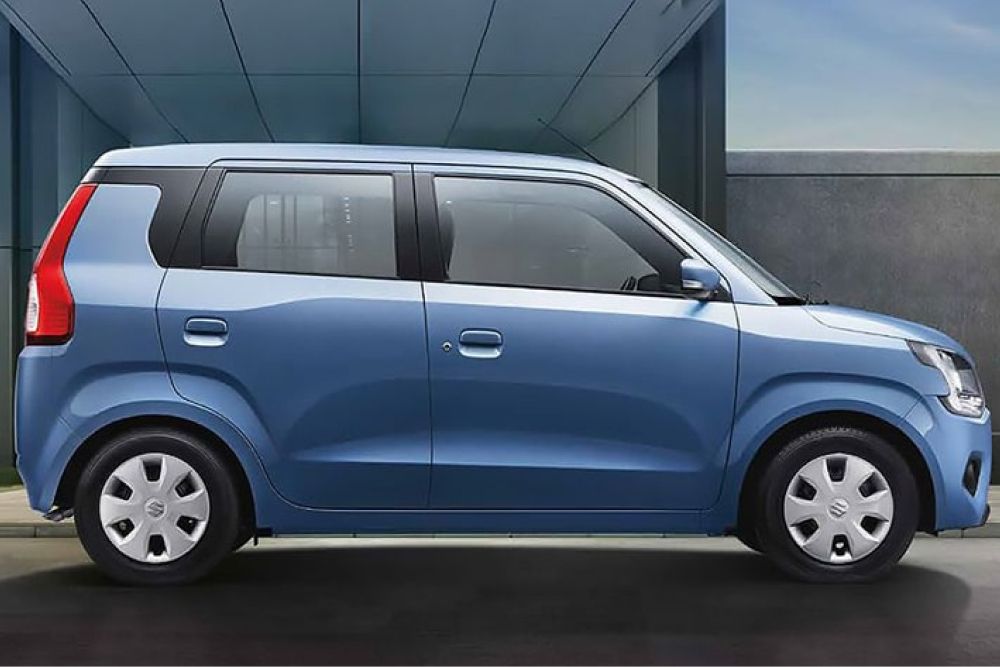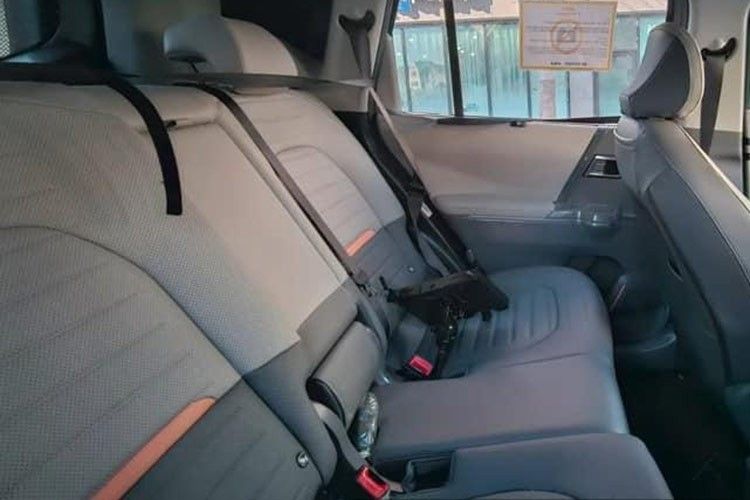Kia Syros Might Confuse Kia Car Buyers and Steer Them Towards Hyundai Creta
Published On 24/12/2024, 9:04:28 am Author Gaurav CyrilThe launch of Kia Syros has stirred the compact SUV segment, offering premium features that even the higher-positioned Seltos misses out on. While Syros is meant to bridge the gap between the entry-level Sonet and the more premium Seltos, its advanced features and competitive pricing might create confusion for Kia buyers. This confusion could inadvertently nudge potential Seltos buyers toward Hyundai Creta.

The Syros packs a punch with its segment-first offerings like the 30-inch Trinity Panoramic Display, rear ventilated seats, and flush-fitting door handles. For buyers who are feature-conscious, Syros delivers a package that feels more aligned with up-segment mid-sized SUVs like Hyundai Creta & Kia Seltos
How Kia Syros’ Unconventional Appeal Might Confuse Buyers and Push Them Towards Hyundai Creta
The Kia Syros, despite its impressive feature list, is emerging as a perplexing addition to Kia’s lineup. On paper, it seems like an exciting middle ground between the Sonet and Seltos, but in reality, it is blurring lines, leaving potential buyers getting confused. This confusion stems from two critical factors:
1. Unconventional Looks with Polarizing Appeal

The Syros’ design doesn’t conform to typical SUV aesthetics. Its quirky proportions and styling give it a vibe reminiscent of a "WagonR’s US-returned sibling." While this unconventional design might attract some buyers looking for something different, it risks alienating those who prefer the bold and rugged SUV looks of models like Seltos or Hyundai Creta. The Syros’ polarizing design raises questions about its target audience and segment relevance.
2. A Sub-4-Meter SUV Competing in the Wrong Segment
The Syros is technically a sub-4-meter SUV, meaning it should be competing with models like the Tata Nexon, Maruti Brezza, and its own sibling, the Kia Sonet. Yet, its feature-loaded package and pricing suggest an overlap with larger and more premium SUVs like the Seltos, Hyundai Creta, and Grand Vitara.
This creates confusion about its position in Kia’s lineup. For buyers looking for a true midsize SUV experience like Sletos, the Syros may feel cramped and misplaced despite its premium features. On the other hand, those shopping in the subcompact SUV (under 4000 mm length) category might find it overpriced compared to direct rivals like Nexon and Brezza. Moreover, in the sub-4-meter category, nobody wants the feeling of driving something that resembles a WagonR.

While the WagonR is a practical and beloved choice for many, it has unofficially become synonymous with being the "national cab." No offence to WagonR owners, but this association is unlikely to appeal to those aiming for a more aspirational subcompact SUV experience.
You might want to read this article for an in-depth comparison
Buyers Don’t Want to Be Confused
When buyers face uncertainty or confusion, their decision-making often shifts towards familiar and proven choices. This tendency is rooted in buyer psychology, particularly the concept of risk aversion and the status quo bias.
These principles explain why people prefer products with a well-established reputation over newer, untested alternatives.
Risk aversion is a natural human tendency to avoid uncertainty. Buying a car is a significant financial and emotional investment, and most buyers are unwilling to gamble on a model that seems unconventional or polarizing. The Syros, with its quirky design and unclear segment alignment, introduces too many variables, making potential buyers hesitant to commit. This has happened with Hero Honda's Splendor NXG in the past.
If you confuse too much then buyers often lean towards choices that align with the market’s mainstream preferences, reinforcing the popularity of established models like the Creta. The Syros challenges this norm with its unique design and feature set, which might appeal to a niche audience but struggles to attract the majority who value conformity and predictability. A person standing in Kia showroom might get confused between Seltos and Syros and end up exploring other options in other brands. A Kia lover's second preference is it's sister brand, Hyundai.
Syros might be a niche car
One critical factor amplifying this dilemma is the price alignment between Syros, Seltos, and Creta. Given the expected pricing of Syros—close to the Seltos—it enters a dangerous zone where buyers might perceive it as neither here nor there.
If buyers find the Creta slightly out of budget, they are likely to stretch their finances by ₹1–2 lakhs to own a car with a solid reputation and greater clarity of purpose. This "budget creep" is a common phenomenon, especially when the higher-priced option feels like a smarter long-term investment. Hyundai Creta’s established value proposition easily justifies this additional expense in the minds of buyers.
 The only true standout USP in Syros is its reclining rear ventilated seats, which allow for a superior passenger experience. This feature is likely to appeal primarily to car owners who employ chauffeurs or drivers, enabling rear-seat passengers to enjoy a more luxurious ride.
The only true standout USP in Syros is its reclining rear ventilated seats, which allow for a superior passenger experience. This feature is likely to appeal primarily to car owners who employ chauffeurs or drivers, enabling rear-seat passengers to enjoy a more luxurious ride.
However, this is a niche audience in India, where most buyers drive their own cars. While the feature is innovative, it may not carry enough weight to sway mass-market buyers who prioritize a balanced package of design, space, pricing, and brand image.
















